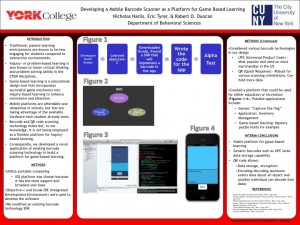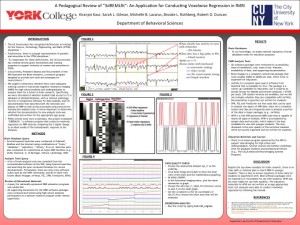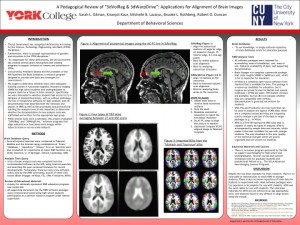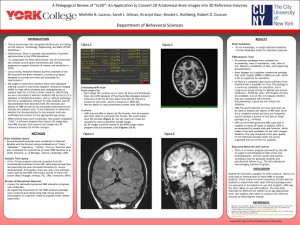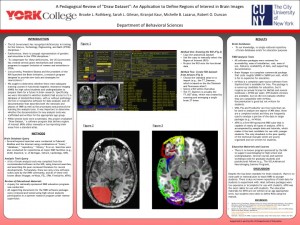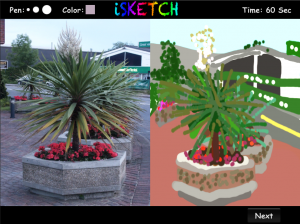 Summer research programs transpire in the blink of an eye and take an eternity to complete simultaneously. The paradox arises from the incredible challenges that must be accomplished during such a short period of time. Time moves slowly when you are solving a difficult problem, and time moves swiftly when you realize you only have a day to solve it. During the York Summer Research program, a majority of my students decided to work on projects related to neuroimaging. However, two students worked on projects related to game-based learning. I’m happy to say that they both met their goals.
Summer research programs transpire in the blink of an eye and take an eternity to complete simultaneously. The paradox arises from the incredible challenges that must be accomplished during such a short period of time. Time moves slowly when you are solving a difficult problem, and time moves swiftly when you realize you only have a day to solve it. During the York Summer Research program, a majority of my students decided to work on projects related to neuroimaging. However, two students worked on projects related to game-based learning. I’m happy to say that they both met their goals.
…there is also a need to prepare students in psychology for programming challenges that they will inevitably face. Students in the behavioral sciences are being asked to program stimuli, data analysis routines, and web sites in their graduate careers.
iSketch
One of the goals of our program is to foster student collaborations between departments. Psychology students would serve as designers, students in the media arts would provide in-game content, and students from the computer sciences would work on programming. While this goal remains, there is also a need to prepare students in psychology for programming challenges that they will inevitably face. Students in the behavioral sciences are being asked to program stimuli, data analysis routines, and web sites in their graduate careers. Students who come to graduate school with experience in programming will be better prepared to meet those challenges. Consequently, if students have completed their designs in my lab, they are encouraged to program their own games.
The student designer of iSketch had no programming experience and, as I mentioned in a previous post, our plan was to have her work in UML before coding. UML provides a clear path to translating a design into code. To plan a UML diagram is to “think” in code. Understanding the logic of how the pieces fit together is more important than learning the syntax of the programming language. Our student designer spent the summer transforming her game design and rules into accurate UML diagrams, use-case scenarios, and user interface mockups. She also built the initial digital prototype for the user interface in our game engine. Having a digital prototype helped us realize that students would not be able to complete sketches from photographs in one minute. Sketching was possible in the paper prototype, but working with a mouse slows things down quite a bit. We decided to use words as models instead. One advantage to using words is that the user brings more of their imagination to the game.
The digital prototype with photos
The digital prototype with words
Barcode Scanning Game Platform
I was lucky to get a student this summer who already had significant coding experience and an interest in hardware. With the help of Eric Tyrer at York College, the student developed a barcode/QR platform for games. Mobile devices are ubiquitous, but teachers don’t always have a means to incorporate them into the classroom. Using the barcode system, an educator can print their own barcodes, affix them to anything they want, and create games where students retrieve the codes to win. Personalized messages or instructions can appear on the phone. The best part about this project is that the student completed all the coding with minimal assistance in a new language (Objective-C) in 6 weeks.
fMRI
I would be remiss if I didn’t acknowledge the students who worked on fMRI projects in my lab over the summer. The students worked hard to assess existing pedagogies for neuroimaging. They evaluated several software packages from the perspective of high school students who were interested in learning about neuroscience. The posters are included below:

